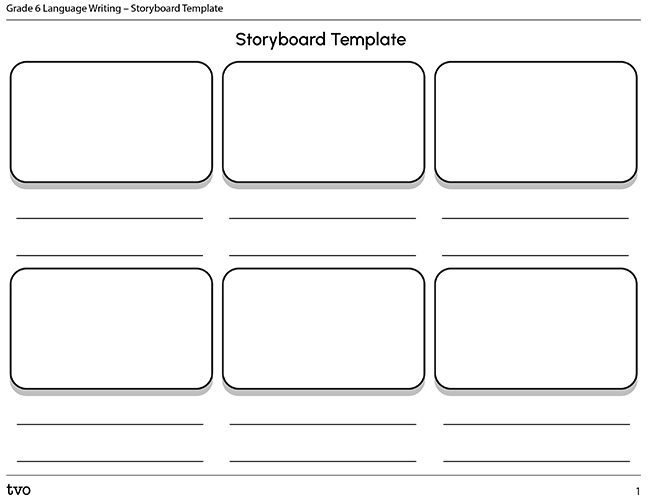Minds On
That’s the story of my life
If there were a story written about your life, what would it say? What are the big moments you would include?
Access the following video, “Ableism and Disability in Fairy Tales.” In this video, Amanda Leduc, author and disability advocate, shares her story and describes how living with cerebral palsy has shaped the way she sees the world.
In the video, Amanda shares that she did not see herself reflected in books she read and the movies she watched growing up. Keeping Amanda’s perspective in mind, how do you think people should be represented in stories?
Student Success
Think-Pair-Share
In the video, Amanda mentioned that many of the stories written for children tend to show one specific image of what a child looks like. What impact could this have on children as they form their own stories? If you are able, share your ideas with a partner. How are your ideas similar or different?

Note to teachers: See your teacher guide for collaboration tools, ideas and suggestions.
Action
Finding your story
Identify a significant moment or event that has had a big impact on your life. Jot down or record some ideas in your journal. Consider the following questions as you reflect:
- Where did the moment or event take place?
- What happened?
- Who were you with?
- Why do you think it still impacts you today?
- How has it changed your perspective on the way you view the world?

Planning your story
Now that you have some ideas about a significant event in your life, it’s time to plan your story. Draw a picture and write a few ideas to explain each part of the event. You can use the following fillable and printable Storyboard Template to plan your story, or you can use your notebook.
Self-assessment

Review your storyboard. Does it include all of the necessary pieces? For example:
- I have all of the events in chronological order.
- I have included an explanation of where and when each event took place.
- My story has a beginning, middle, and end.
- My writing is clear and easy to understand.
What were your successes in creating this storyboard?
What is something you want to work on in your final draft?

Using the ideas from your storyboard, create your final draft. What form will your story take? You may choose to:
- design a comic
- make a photo collage
- create a picture book
- write a chapter of a novel
Consolidation

Reflecting on your story
In your journal, take some time to reflect on your story and your writing process. How has it had a lasting impact on your life? How has it changed you as a person?

Finding new stories
Everyone has a story. How might we discover them? Choose an adult in your life. Create a list of questions that you might ask them in order to learn their story. Record their answers in your journal.
Reflection
As you read through these descriptions, which sentence best describes how you are feeling about your understanding of this learning activity? Press the button that is beside this sentence.
I feel...
Now, record your ideas using a voice recorder, speech-to-text, or writing tool.
